Furniture styles change over time and according to particular artistic and design movements that are popular at the time. Learning to define the major movements in furniture styles will allow you to become a more informed consumer. It will also help you define your own taste in design and learn how to incorporate new styles of furniture into your home.
The popularity of different furniture styles is fluid. This means that what is popular today may not be on-trend tomorrow. You can create a beautiful home no matter what is the latest fad if you know what furniture style appeals to you the most.
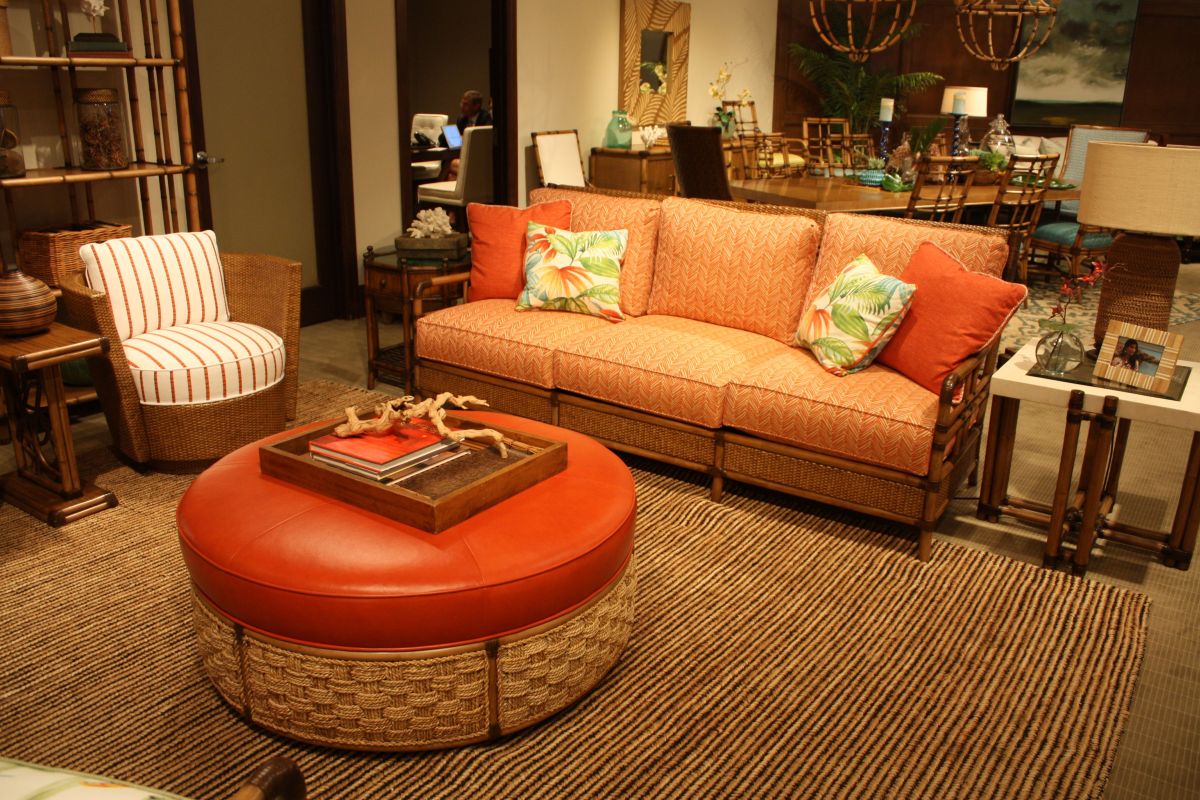
Some of the most popular furniture styles are modern, Scandinavian, mid-century modern, mission style, Art Deco, Victorian, contemporary, and industrial. These popular furniture styles are those that people have used and loved long after they were first created. These furniture styles are classic in the sense that they will always have a place in people’s homes.
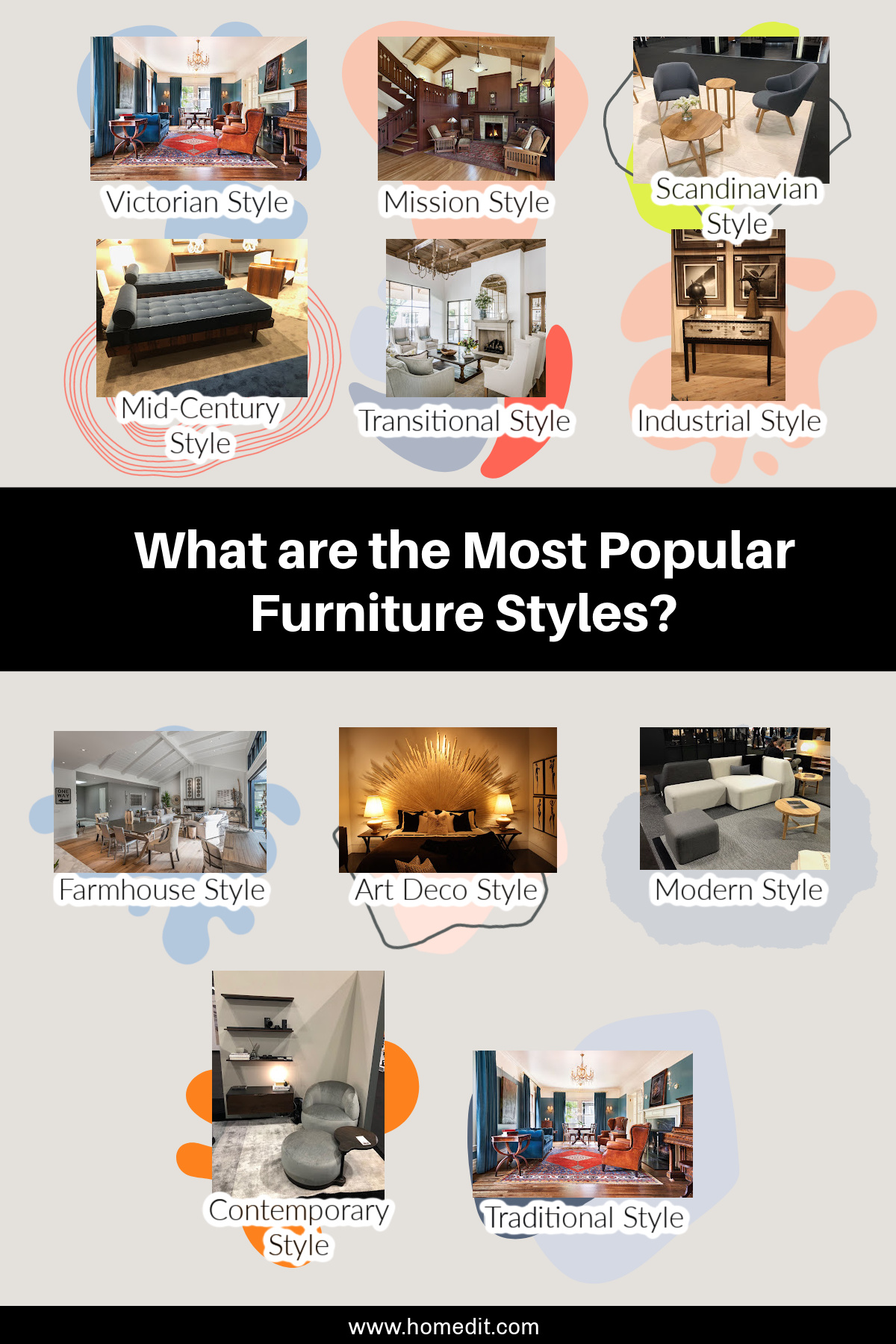
Diverse furniture styles have many patterns, design motifs, and complementary colors. Consider each furniture style to see which style most resonates with your taste and lifestyle.
Mission Style FurnitureIndustrial Style FurnitureFarmhouse Style FurnitureVictorian Style FurnitureScandinavian Style FurnitureTraditional Style FurnitureTransitional Style FurnitureArt Deco Style FurnitureModern Style FurnitureContemporary Style FurnitureMid-Century Style Furniture
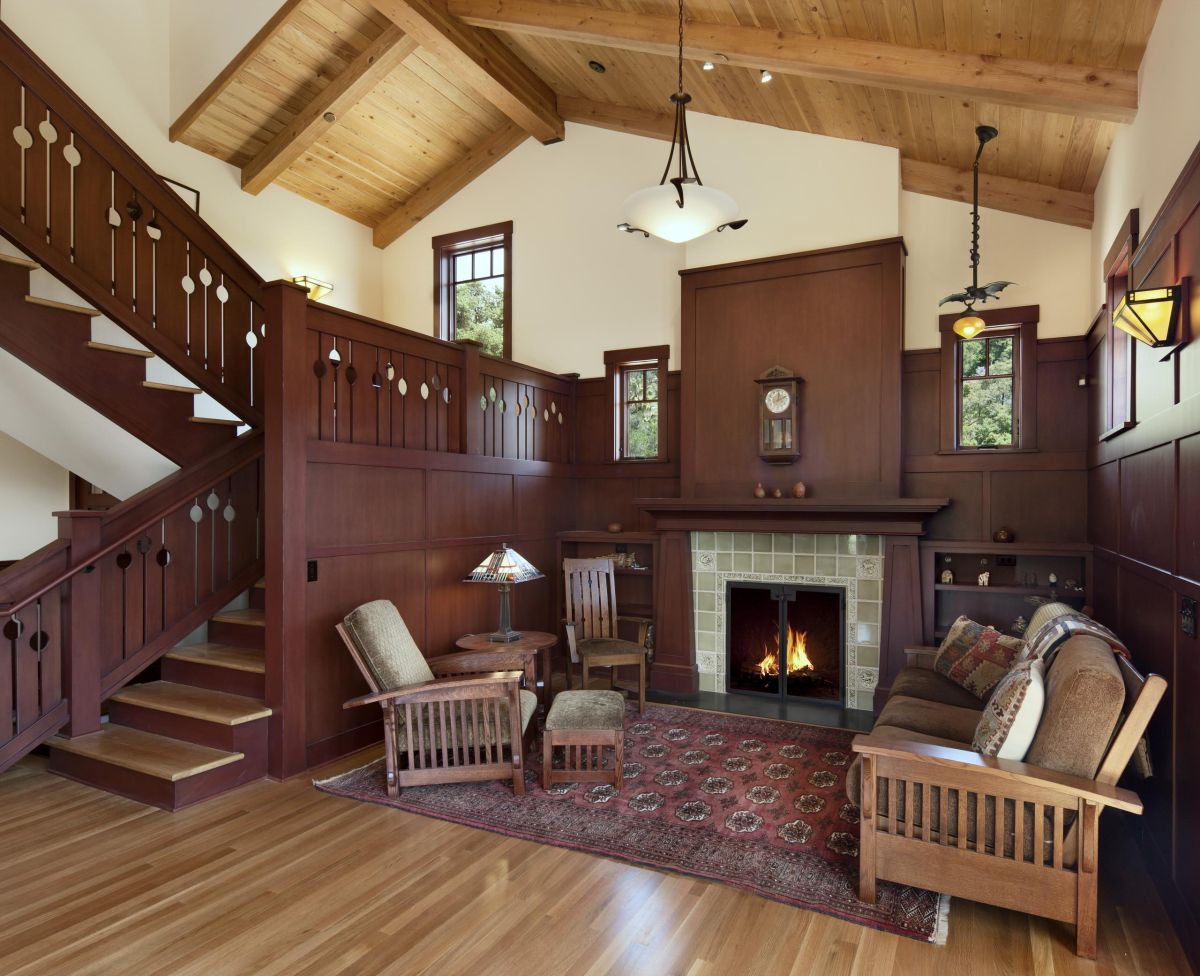
Mission style furniture began as an American design movement in the late 19th century. The simple lines and forms developed as a response to the elaborate design from the Victorian era. The Mission furniture style is a derivative of earlier Arts and Crafts style furniture and the broader design movement in England. This movement prized artisanal craftsmanship, authentic raw material, and quality production. Craftsman style furniture was fueled by the same design ideas as the mission style and has a similar shape and style.
Key Features
Vertical and horizontal lines with slat or spindle backs and sides90 degree angles and flat planesRectangular shapesExposed jointsNatural finishes and cuts that expose the wood grainChunky metal drawer pulls and hinges
Complementing Patterns
Geometric patternsSolid colors
Coordinating Colors
BurgundyPine and Forest GreenOchreBurnt SiennaBrownSky to Midnight BlueDeep Gray
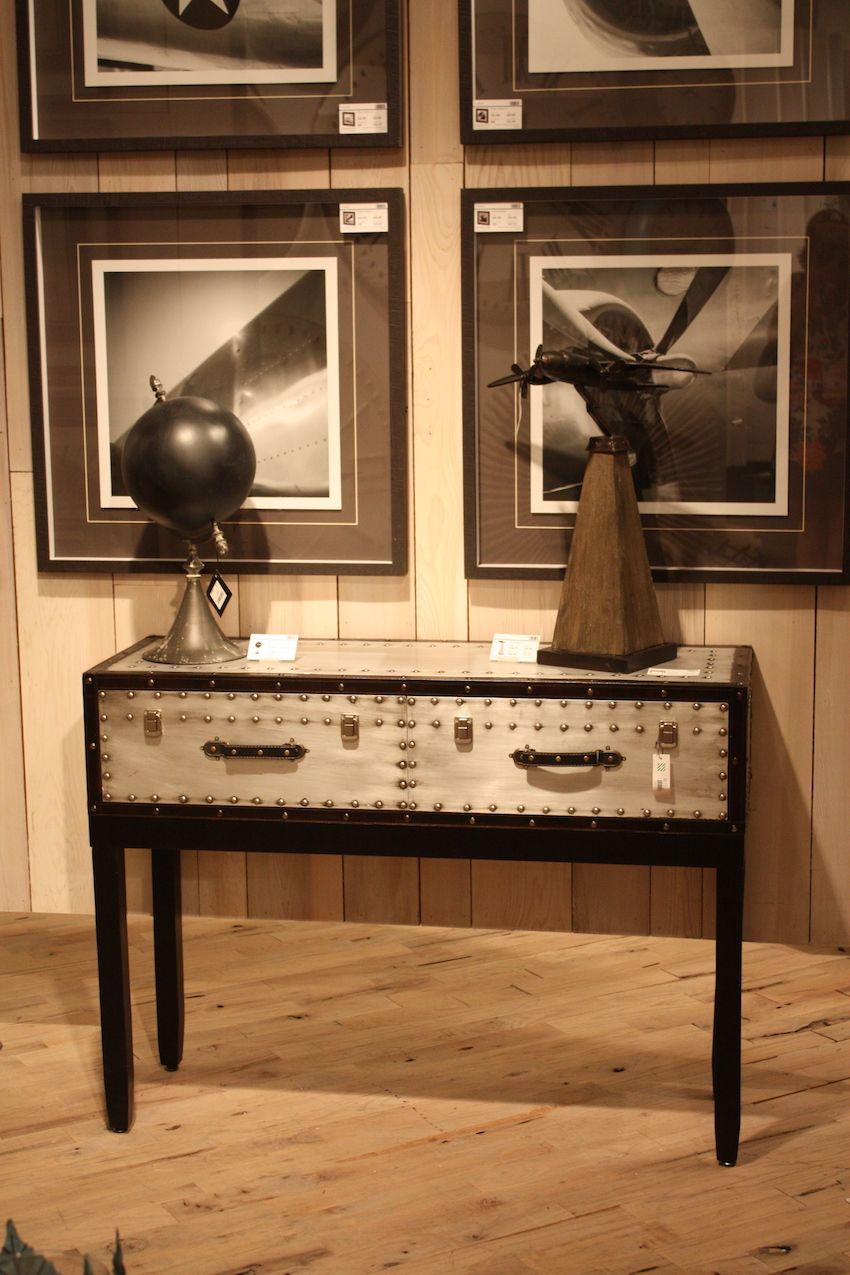
Industrial style furniture gets its specific style based on design elements popular in old factories and industrial spaces. These include galvanized metal, piping, and reclaimed style wood.
This design style became popular in the early 2000s and lasted throughout the 2010s. There has been a resurgence in the popularity of industrial style furniture as a way to provide authenticity and texture in other design styles like farmhouse, minimalist and modern.
Key Features
Practical furniture designsUse of industrial materials like metal, glass, concrete, and reclaimed woodModern pieces as well as repurposed and “well-worn” itemsExposed fasteners and light bulbsLarge sectionals are common to help define the wide open “warehouse” spaces
Complementing Textures and Patterns
Graphic lines like grid patternsUse textures that bring warmth like leather, wool, and linen
Coordinating Colors
BlackWhiteDeep grays like anthraciteVarying shades of soft brown
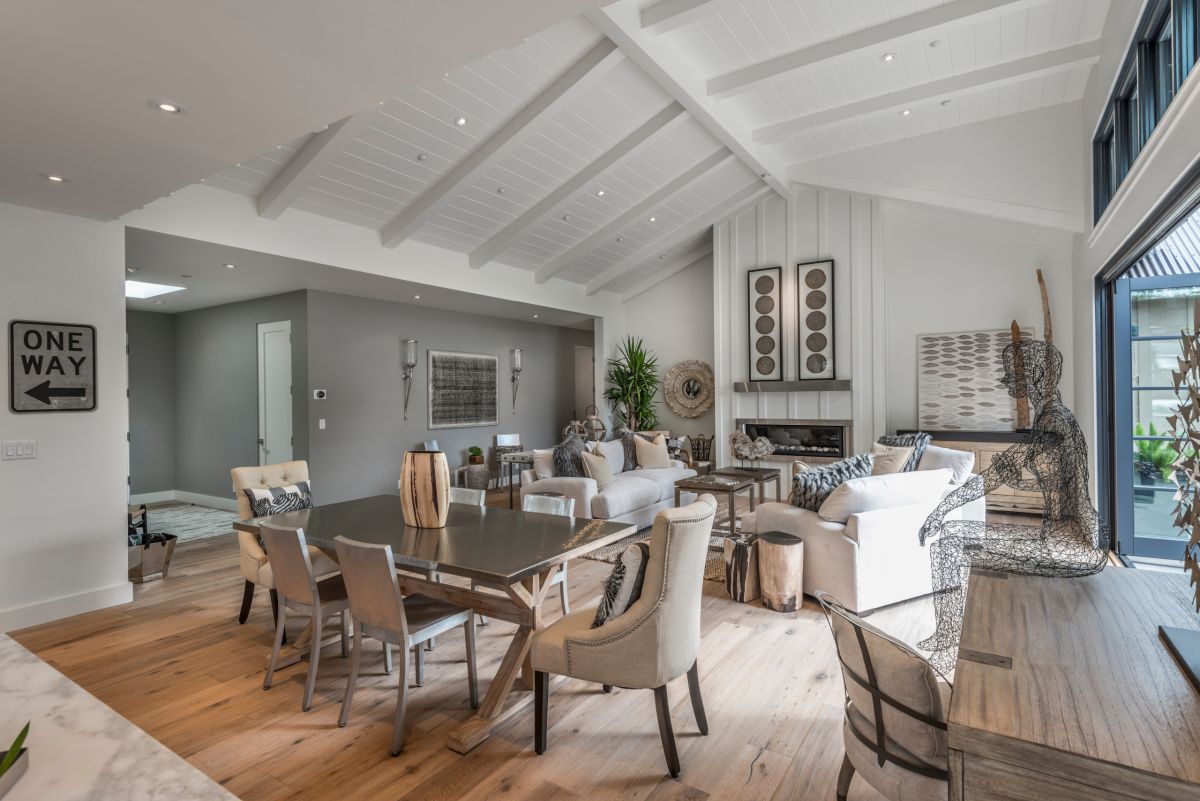
Farmhouse style is one of the most popular design styles of the recent 2000s. This is a modern take on the casual, cozy, and simple style of the country. Farmhouse “style” in the United States has been in existence since the farmhouses of the Colonial era. The modern farmhouse style was popularized by Joanna Gaines. She combined the rustic farmhouse style with an industrial contemporary vibe that has had wide appeal.
Most farmhouse style furniture features a rustic design using reclaimed or textured wood, distressed paint, and vintage styles. This furniture has a sturdy and lived-in style. This means that you can have large gatherings of family and friends without fearing that your furniture will be destroyed. Farmhouse furniture is similar in design to cottage style furniture for its relaxed and vintage style.
Key Features
Practical furniture in both form and functionUse of textured and distressed woodPieces that have a comfortable and vintage stylesWeathered finishes with paint or stainRounded furniture style though not elaborate
Complementing Textures and Patterns
Soft floral prints, stripes, and plaidsBurlap, muslin, and linenUse textures that bring softness like wool and leather
Coordinating Colors
Range of whites and creamsSoft green and brownsLight blueBeigeModern farmhouse styles feature starker tones of light and dark
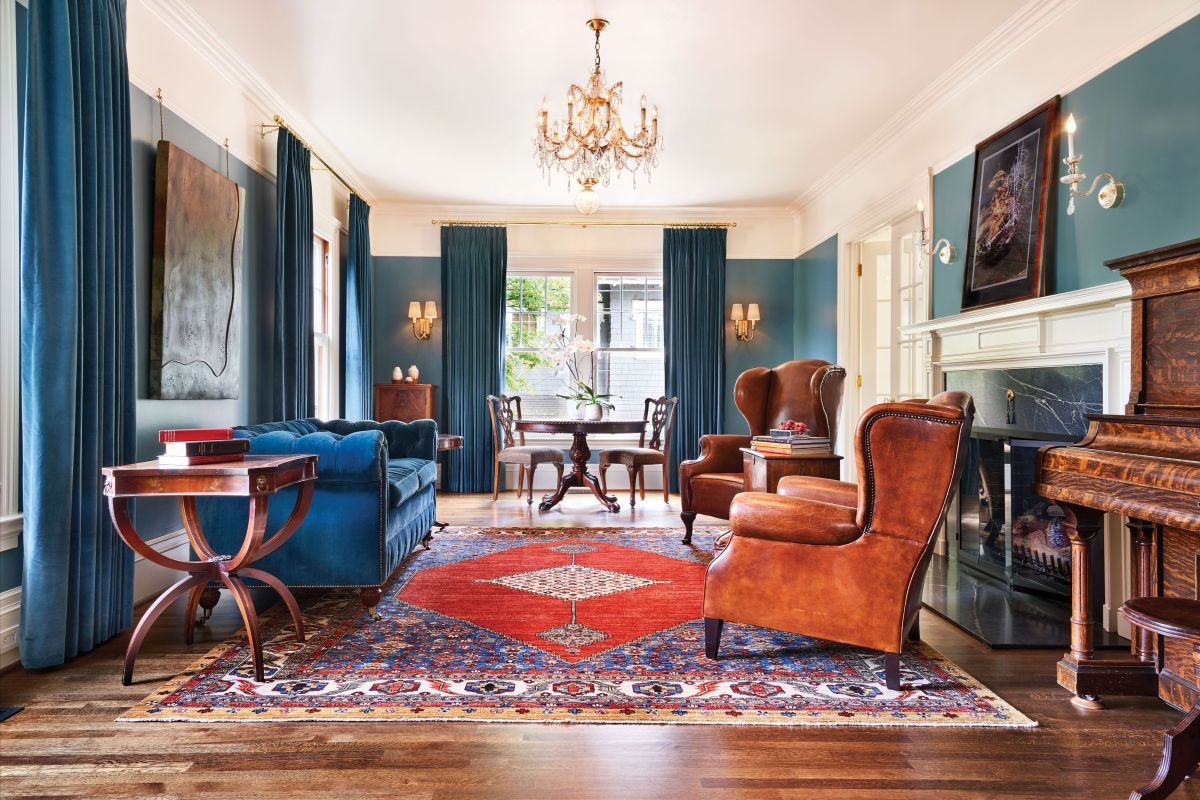
Victorian style furniture takes its name from the reign of Queen Victoria from 1840 to 1901. The Victorian furniture styles feature elaborate designs, luxurious fabrics, and ornate patterns. This was one of the first major design periods of the Industrial Age, so much of the styles are mass produced. This industrialization led to fewer unique designs. Yet, it also brought about the reduction of the price of goods which allowed more people to own them.
Neo-Gothic style furniture and art were one of the most popular styles in the Victorian era. This style features intricate tracery, ornate decor, and a dark and dramatic color palette.
Key Features
Curvy and scrolled linesCarved wood detailingDark stained wood colorsHeavy and stately proportionsForm is elevated over function
Complementing Textures and Patterns
Floral chintz, stripes, plaids, damask, and jacquard fabricsRich textures like velvet, silk, satin, and polished wood
Coordinating Colors
Rich and vibrant colors like maroon, red, brown, dark blue, and greenOff-white or cream (never stark white)
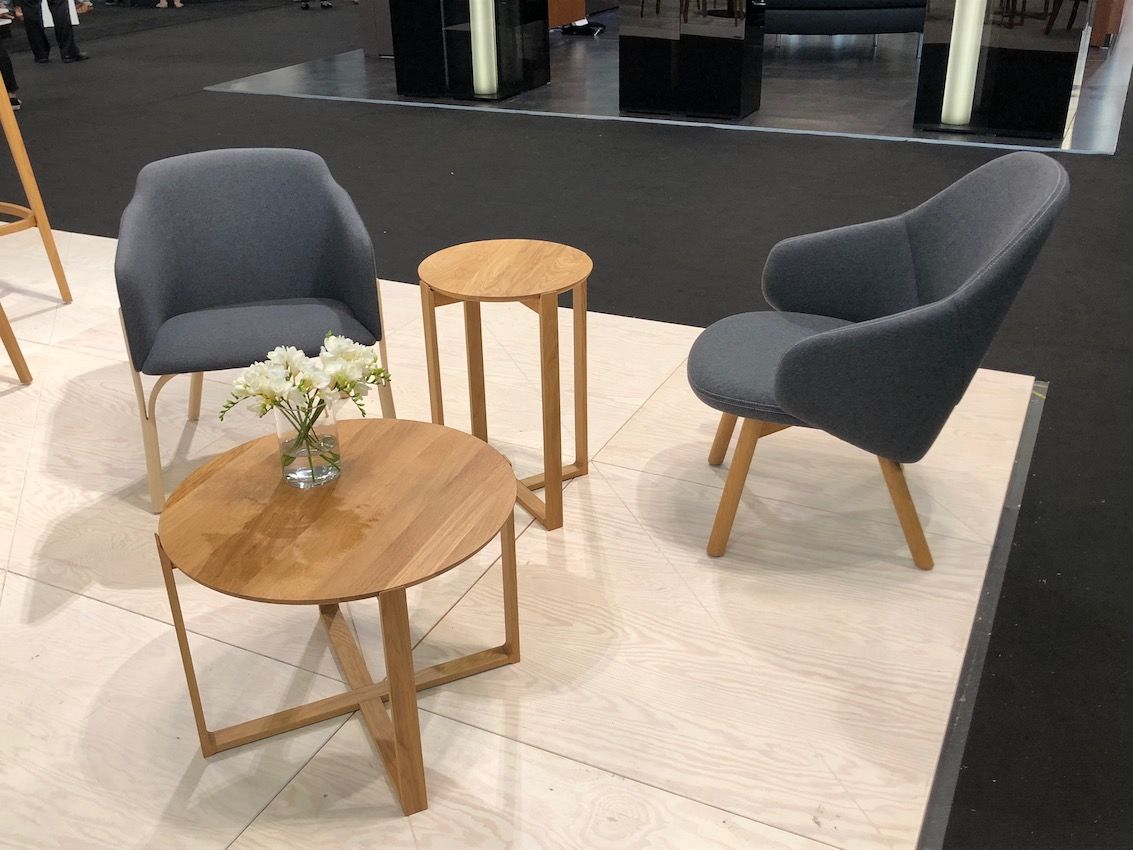
Scandinavian style furniture comes from the traditions and geography of the northern European countries of Sweden, Norway, and Denmark. This furniture style emerged onto the world scene in the 1950s. These designs embody simple lines, authentic materials, and quality craftsmanship. Scandinavian furniture maintains a modern and mid-century style and form.
Key Features
Minimalist and simple designsFunctional designsPredominant natural wood huesMid-century to a contemporary aestheticUse of organic materialsClean lines
Complementing Textures and Patterns
Use of natural textures such as leather, wood, stone, glass, seagrass, and plantsNatural fabrics such as cotton, linen, and wool with a textured weavePair folk Scandinavian style with soft florals and fabrics featuring folk patterns
Coordinating Colors
Range of whites and creamsSoft greenVarious shades of blue from light to darkBeige to brownShades of red, blue, and yellow complement folk Scandinavian design
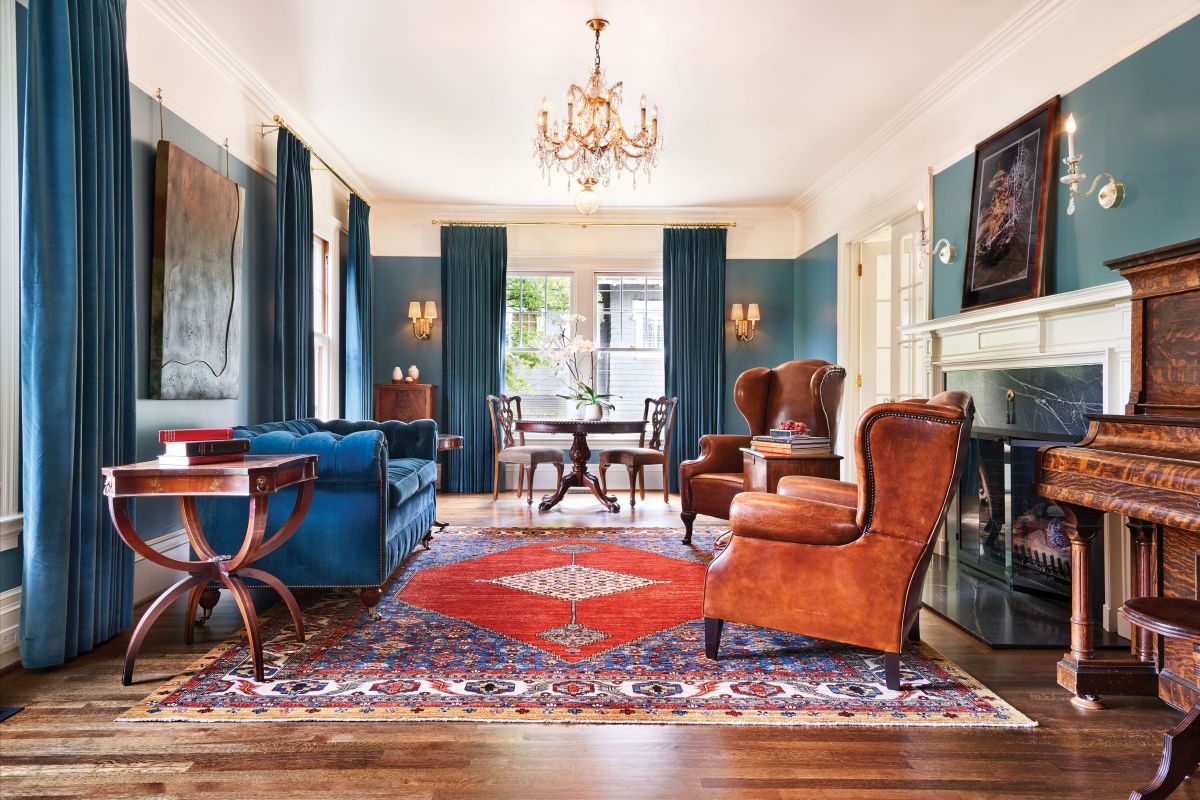
The traditional furniture style is one that is a composite style of all the most timeless shapes from the previous eras. This look takes its cues from historic designs such as Chippendale style furniture, Queen Anne style furniture, Victorian furniture and colonial style furniture. Traditional style furniture combines these classic looks with the ideas of symmetry, order, and proportion. Traditional furniture marries these with comfortable and livable designs that work in the modern home.
Key Features
Dark wood tonesCarved wood designs like shells or scallopsPlush cushionsSymmetry, balance, and proportionTurned legsArched backsSturdy and substantial furniture designs
Complementing Textures and Patterns
Luxurious fabrics like silk and velvetStripes, florals, damasks
Coordinating Colors
Jewel tones like red, blue, deep eggplant, yellow, and greenWhite to off-whitePops of black and grayBeige
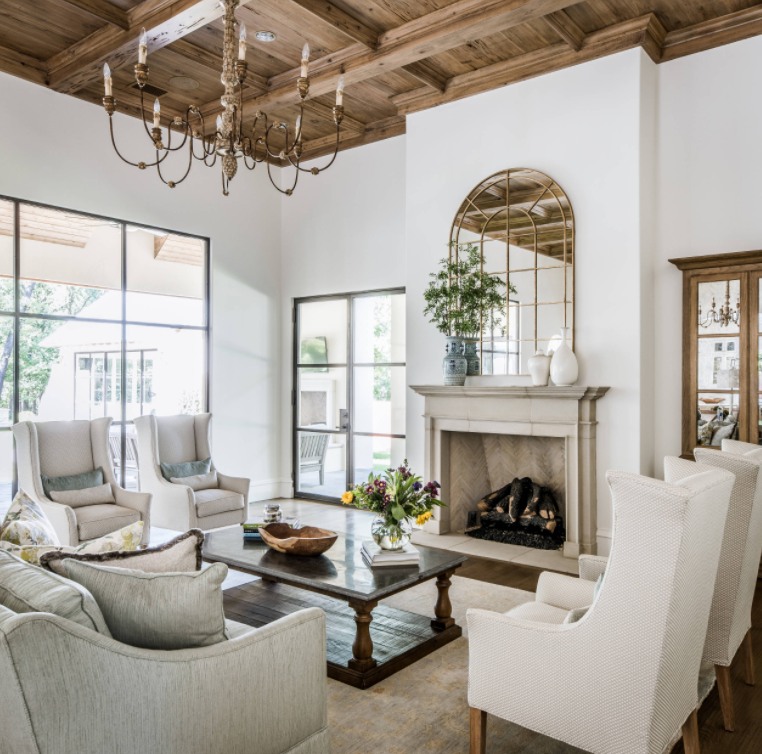
Transitional style furniture is another composite style which combines traditional style furniture with modern style. This combination provides a look that is classic yet still trendy and exciting. Transitional furniture styles have been popular through time as people blend old and new styles to create their own unique look. Yet, this modern interpretation developed in the 1950s as a way to add comfort and warmth to modern and postmodern design styles.
Key Features
Mixture of curvy and straight linesCombines distinct furniture styles in one designClean lines but with textural appealLight and relaxed styleMinimal embellishments
Complementing Textures and Patterns
Strategic use of contemporary small patterns like geometric and modern floralSolid colored fabricsVaried natural textures using cotton, wool, leather, seagrass, and polished wood.
Coordinating Colors
Neutral color tones like white, cream, warm gray, and beigeDark colors like navy and black used for accents
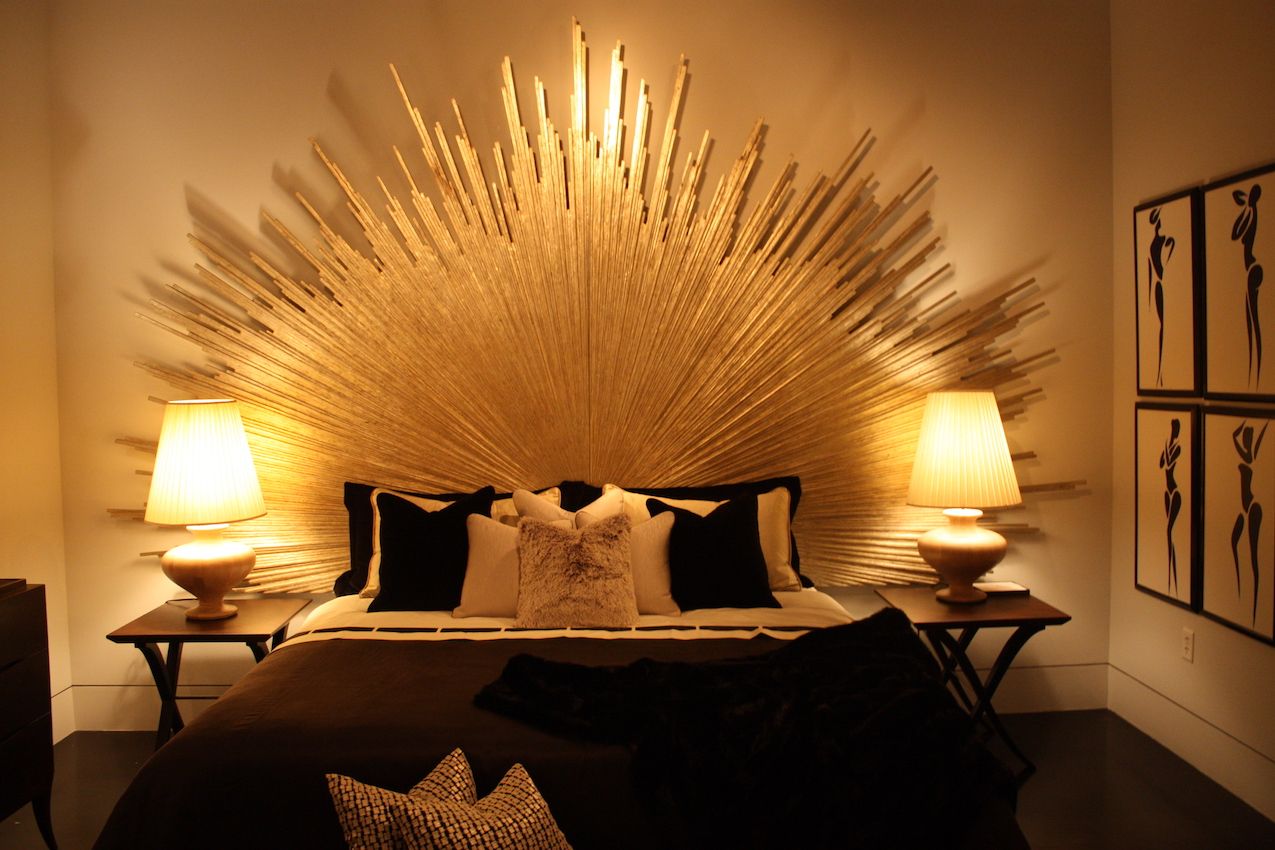
The Art Deco style took shape in the mid 1920s. It was both a successor of and reaction against the style of Art Nouveau because it embraced industrialization and modernization. Art Deco furniture and style was the dominant form until the end of WWII with the advent of modern design. This opulent style has become popular once again as people seek to differentiate their homes with dramatic style.
Key Features
Large sized furniture that has a streamlined styleGeometric forms such as triangles and curvesDelicate inlay with mother-of-pearl and different woodsUse of exotic wood and natural stone
Complementing Textures and Patterns
Repeating geometric patterns and stylized natural motifsUse of animal printsLuxurious materials like velvet and leather
Coordinating Colors
Bold and dramatic jewel tonesBlackWhiteSoft nudes and beigeMetallic tones like gold, brass, and silver
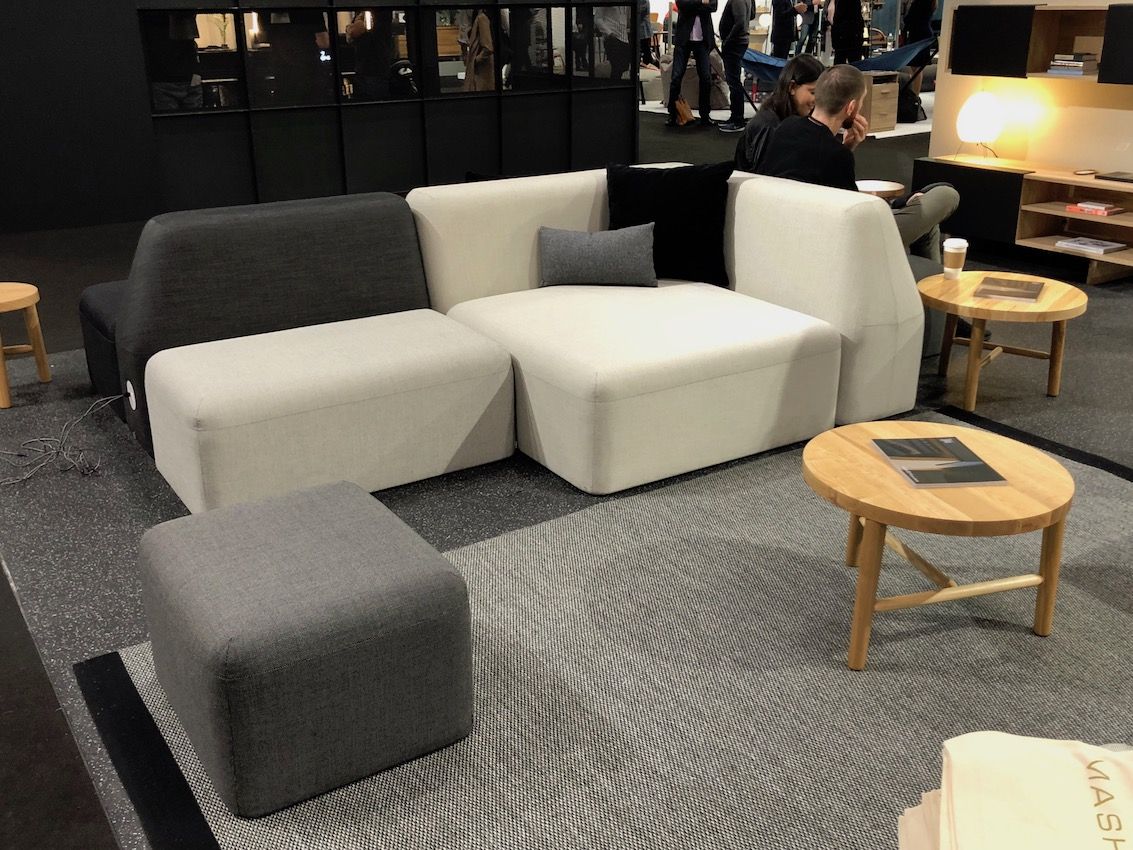
The modern style emerged from the modernist movement of the late 19th and early 20th century. Modern furniture styles were a celebration of the innovation and technology of industrialism. This furniture has a simple look that strips away superfluous ornamentation to the basic structure of the design.
Key Features
Minimal and spare designsFunction over formGeometric shapes and sharp anglesSleek industrial material like smooth metal, glass, and chromeSmooth light and dark colored wood and wood veneer
Complementing Textures and Patterns
Mix of organic materials like cotton, wool, and leatherGeometric patternsStylized nature motifsStripes
Coordinating Colors
WhiteOff whiteGrayBlackBeigePops of vibrant hues like orange, blue, and yellow
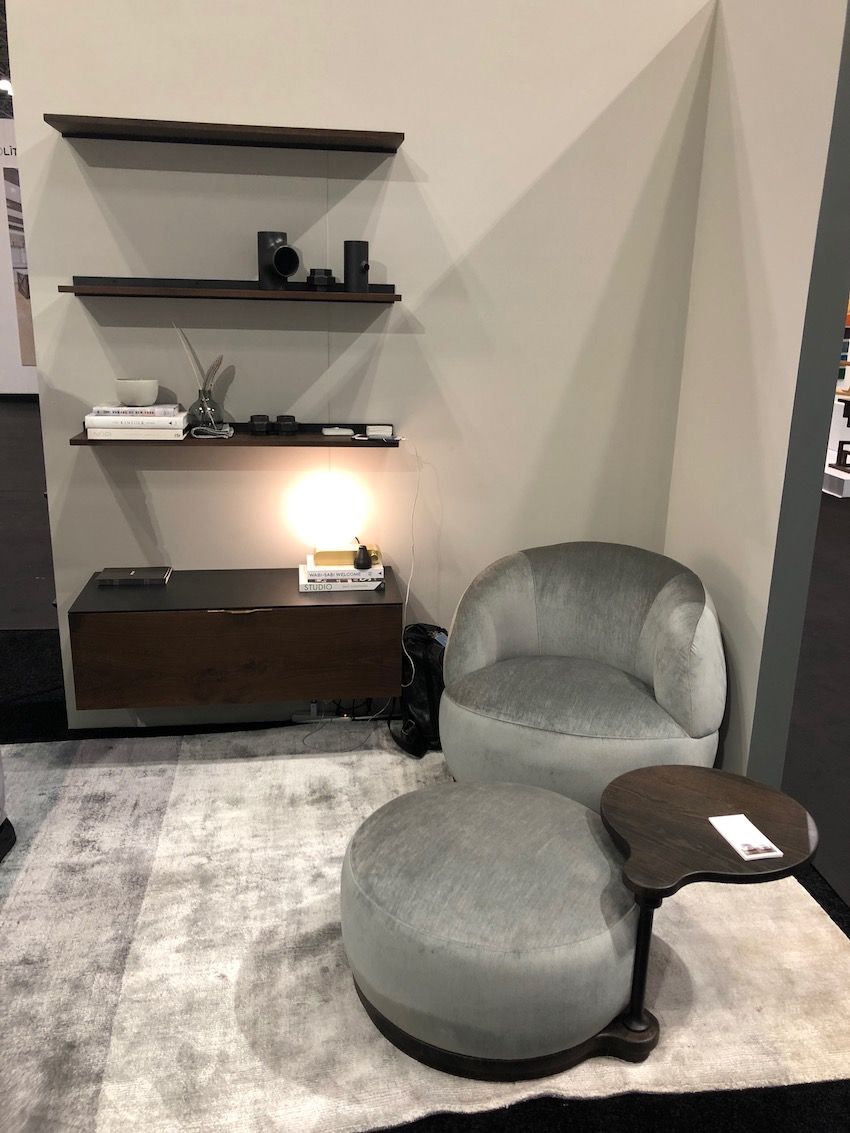
Contemporary style furniture, unlike modern furniture, follows the most current design styles. This means that contemporary furniture styles will change over time according to what is trending. Contemporary style furniture is fresh, exciting, and always in style.
Key Features
Clean but softened linesFeatures function over formEco-conscious and sustainable focusFurniture legs are square or round with no ornamentation
Complementing Textures and Patterns
Natural and organic textilesSolid color or simple patterns
Coordinating Colors
Neutral color palette overall including whites, grays, black, and brownsAccents of bold colors
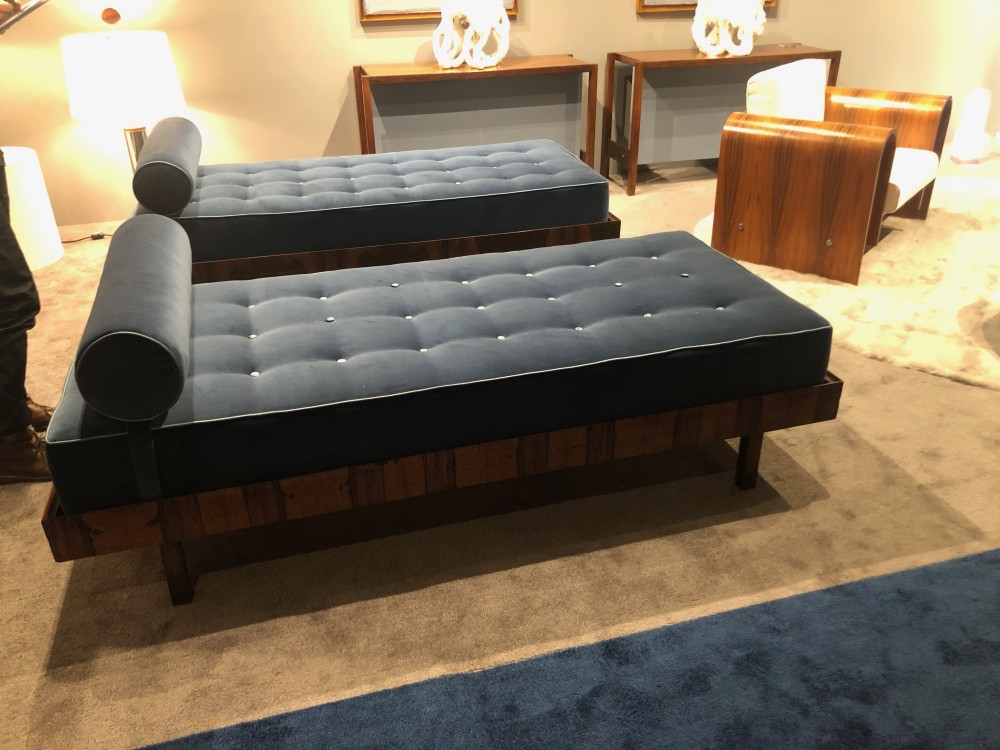
The mid-century furniture style became the predominant style from the late 1940s through the 1960s. This furniture and design style is encompassed within the broader modern style. Yet, this style is also unique because it uses more decorative accents than typical modern design. This furniture features simple and clean lines that blend well with contemporary and transitional designs. It has been reinvented as mid-century modern (MCM) design. It remains one of the most popular furniture styles today.
Key Features
Functional furniture designed to be comfortable and usableStreamlined and simple formsSmooth finishedLight and dark wood elementsSlim leg styles that flare and taper towards the floor
Complementing Textures and Patterns
Use of natural and manmade materials that include wool, leather, plastics, fiberglass, metal, glass, and woodBlend together nubby textiles like boucle, chenille, and velvetBold geometric, abstract, and floral designs
Coordinating Colors
Bright colors like turquoise, yellow, orange, and terracotta.Blend with neutrals like white, cream, gray, and black

Gisele Bundchen's contemporary twist on this emerging design trend is the talking point of her kitchen
Zendaya taps into the subtle power of this accessory to ensure her neutral living room is never boring
Amazon has become a go-to for chic home decor – here’s what we’re shopping from the 2024 Spring Sale
This designer's 'every seat needs a surface' rule has changed my living room layout forever – here's what I mean
5 designer Amazon storefronts that make shopping for stylish homeware so much easier
Joanna Gaines' 'mesmerizing' garden is the perfect example of how to grow cut spring flowers at home
Tan France opts for this stabilizing color palette to 'ground' his guest cottage, experts say
Shark's St Patrick's Day sale is here - and you can save $100s on vacuums and air purifiers
Matthew and Camila McConaughey's raw cabinets possess a texture and warmth that's replicable in our kitchens
10 Baby Furniture Stores to Help You Build the Nursery Room
What is a Sideboard? Meaning, Purpose, and Selection
Cherry Wood: Everything You Need To Know
High-End Furniture Brands For 2023 Worth Spending Money
This Website will Save You Thousands on New Furniture
15 Best Online Furniture Thrift Stores – What Your Home Needs To Look Distinctive
Familiar Stores With Gorgeous Marble Top Dresser Styles
13 Cool Pieces of Furniture with Hidden Compartments
Rattan Vs. Wicker: What’s the Difference?
25 High-End Furniture Stores for Discerning Shoppers